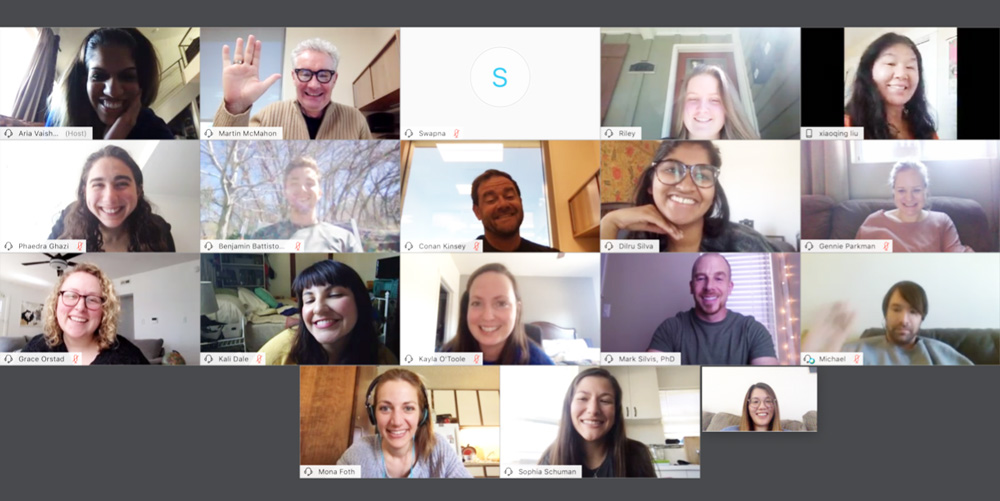
"In the early 1960s, no one had the slightest idea what caused cancer," says Martin McMahon, PhD, Senior Director for Preclinical Translation at Huntsman Cancer Institute (HCI) and Cumming Presidential Professor of Cancer Biology in the Department of Dermatology at the University of Utah.
"To have seen the arc of discovery over the course of 40 years—from knowing so little about a disease that had a direct impact on my family’s life to actually having a way of targeting it—that is a remarkable thing."
Like many of us, cancer has had an impact on McMahon’s family. He had a sister he never knew who died of retinoblastoma in 1959. Decades later, in 1993, his father died of lung cancer.
"When my dad was diagnosed with lung cancer I felt completely powerless. I didn’t have the slightest idea how to help him or how to contribute in some meaningful way," McMahon remembers. At the time, McMahon was already a cancer researcher studying a molecule called BRAF, which is significant in the development of several cancers, including lung cancer.

The McMahon Lab works to understand how alterations in the process of signal transduction, a part of the cell’s biochemistry, contributes to cancer development. The blueprint for the behavior of cells is encoded in its nucleus. Messages outside the cell can instruct it to divide, move, or take other actions. To get this message to the nucleus, receptors on the outside of the cell start a complex chain of signals called a signaling pathway. In lung cancer cells, many of these signals don’t work the way they should – they are locked into the "ON" position forcing the cell to grow in an abnormal manner.
By identifying and understanding signals that aren’t working properly, scientists can develop and test drugs that target those mutated signals. About 30% of lung cancers can be treated based on the cancer’s specific genetics. This is called pathway-targeted precision cancer therapy.
"Lung cancer is a glass-half-full or glass-half-empty scenario right now," McMahon says. "For certain types of lung cancer, there are pathway-targeted precision therapies that did not exist 15 years ago. But for other types of lung cancer, there are no modern cutting-edge therapies. Those cancers are often treated with conventional chemo- or radiation therapy."
McMahon is hopeful that over the next 15 years, there will be an effective pathway-targeted precision therapy or an immunotherapy for every subset of lung cancer.
He sees several fields working together against lung cancer, which is still the leading cancer killer in Utah and the United States. Along with the science, public health and prevention will play a huge role.
"If we could get people to stop smoking, the death rate from lung cancer would come down from 165,000 deaths per year to maybe around 20,000 a year," McMahon says. Scientists are also working to understand the risk factors for non-smoking lung cancer, such as exposure to environmental radiation in the form of radon gas.
Earlier detection methods will help find lung cancer when it is easier to remove or treat. Advances in imaging and other detection technologies will make an impact on lung cancer deaths. Also, research like the work in McMahon’s lab will lead to improved treatments for people with advanced disease.
"My view is positive. I feel HCI’s scientists and physicians will make a major impact on lung cancer prevention and therapy in the years to come," McMahon says.